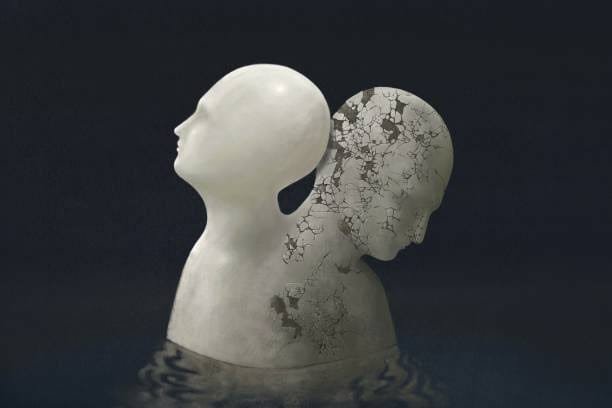Chandigarh, April 22: Conflict, in any form, leaves a trail of consequences that touch every aspect of human life. Whether it erupts within families, communities, or across borders, conflict brings with it fear, loss, and long-term damage—often with no real winners in the end.
In war-torn regions, the cost is most visible. Families lose homes, children grow up in refugee camps, and generations carry the trauma of violence. In such places, conflict strips away normal life. Schools close. Markets disappear. Hospitals collapse. Fear becomes part of the routine. “We forgot what silence sounds like,” a teenager from a conflict zone once said. Her words capture the deep psychological toll that violence takes on ordinary people.
But even conflicts that don’t involve weapons can be just as damaging. In homes, unresolved arguments can turn into years of emotional distance. Friendships fracture over ego and misunderstanding. Office politics and workplace disputes create toxic environments where people stop collaborating and start competing destructively. Progress stalls. People quit—not just their jobs, but their hopes for connection and support.
One of the most painful outcomes of conflict is alienation. Families break apart. Communities polarize. In some regions, religious or ethnic violence divides neighbors who once shared meals and festivals. The scars often remain long after the violence ends, because conflict doesn’t just destroy structures—it breaks trust.
Another consequence is the way conflict distorts priorities. Resources that should go toward education, healthcare, and infrastructure end up funding war efforts, legal battles, or personal vendettas. Time and energy that could be spent on building something meaningful get consumed by blame, defense, and retaliation. Conflict redirects attention from the future to the fight.
Children, especially, suffer quietly in prolonged conflict. They absorb stress, fear, and anger from their surroundings. Some are pulled into the violence themselves, while others internalize the chaos, developing emotional wounds they may never fully understand or express. “I used to draw butterflies,” said a child displaced by civil strife. “Now I only draw fire.”
Even after the fighting stops, the effects linger. Trauma doesn’t disappear with ceasefires. Rebuilding homes is one thing; rebuilding trust, identity, and hope is far more difficult. People carry the weight of loss—of loved ones, of homes, of dreams that once seemed possible.
The truth is, conflict doesn’t resolve much. It burns bridges faster than it builds solutions. Dialogue becomes impossible. Assumptions replace understanding. The longer it continues, the more it becomes a cycle, feeding itself on pain and pride.
In the end, while some may argue that conflict can spark change, the cost it demands from human lives, relationships, and societies is rarely worth the result. What people lose in conflict is far greater than anything they might gain.

